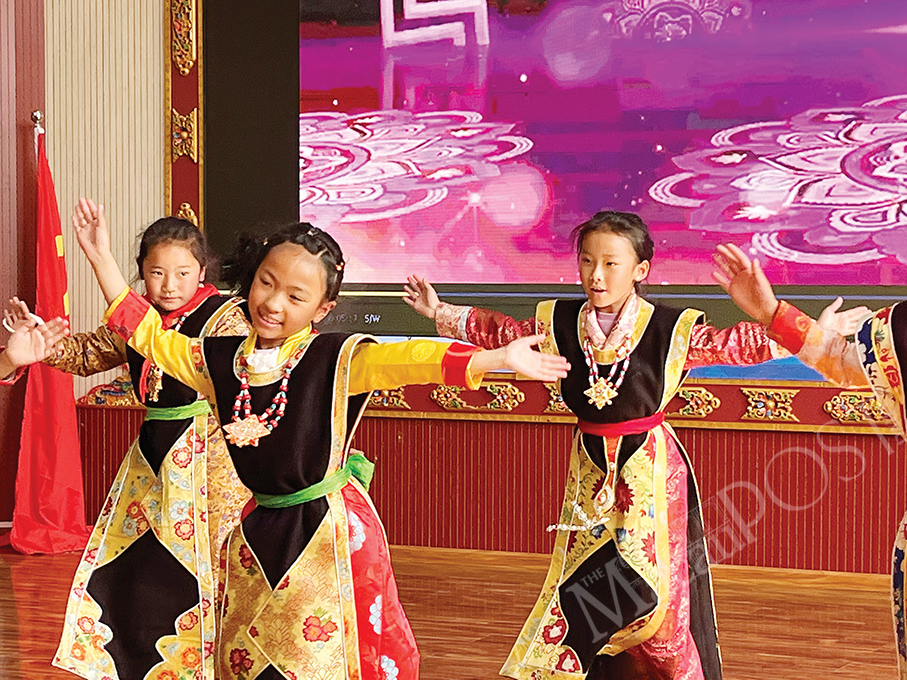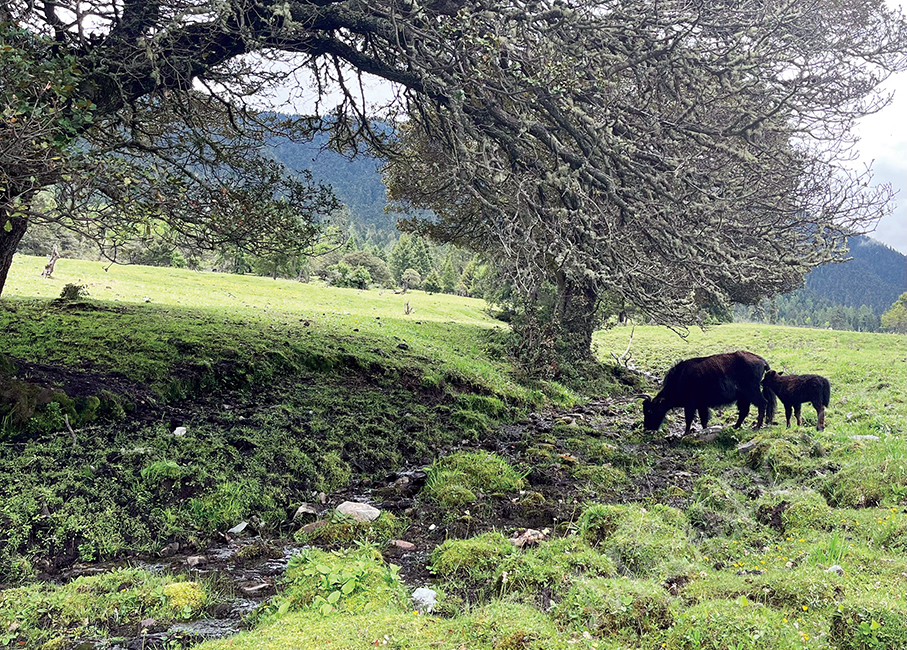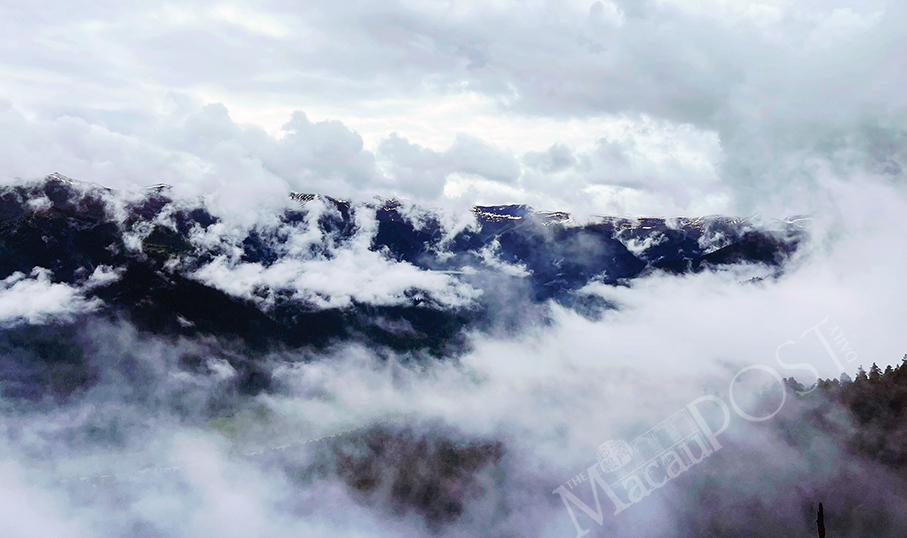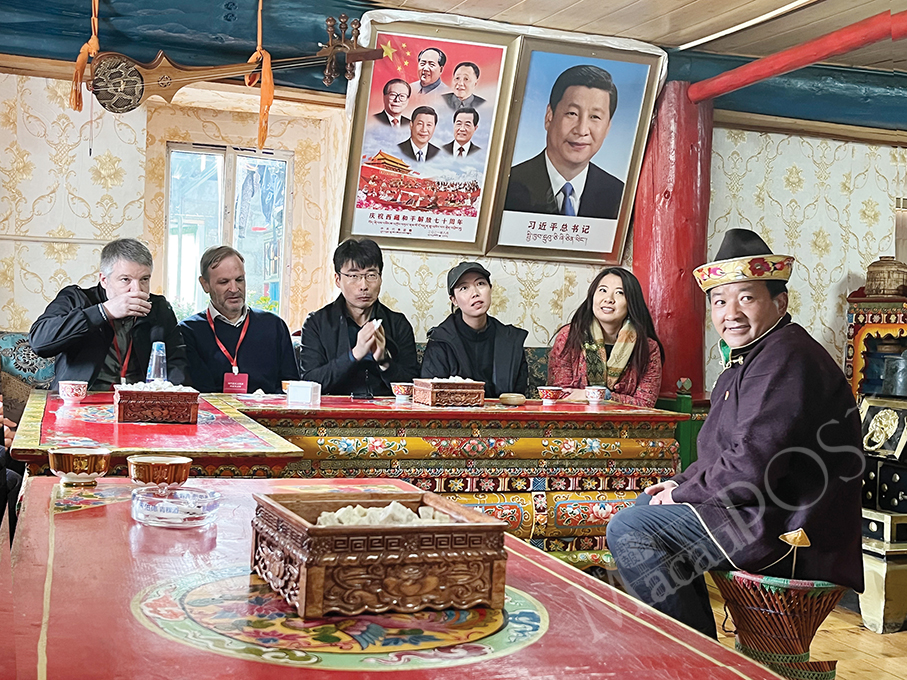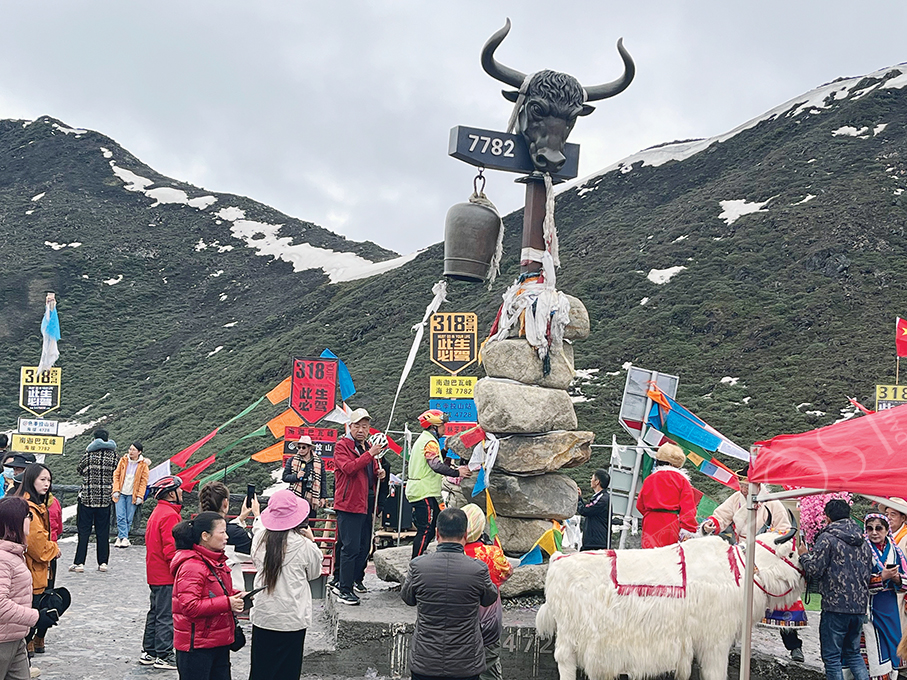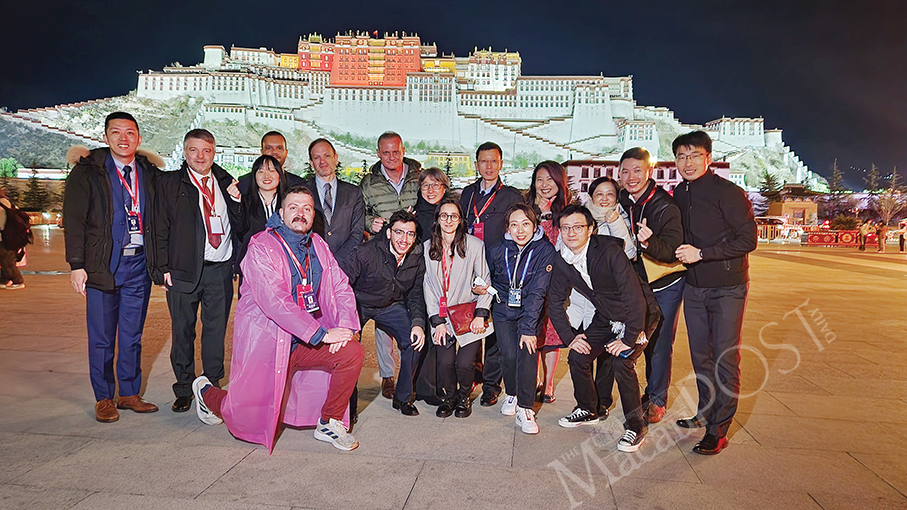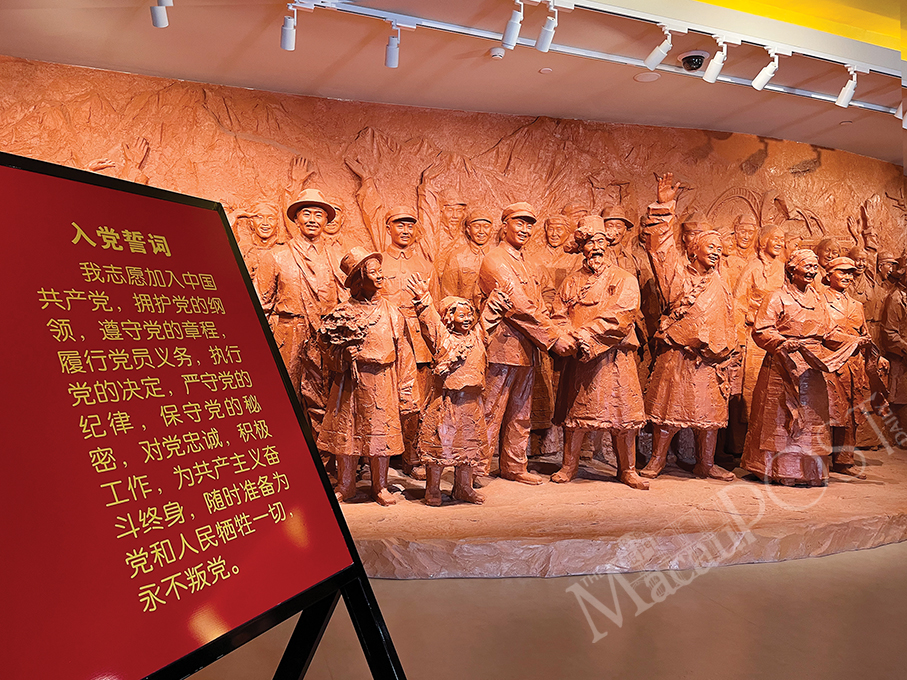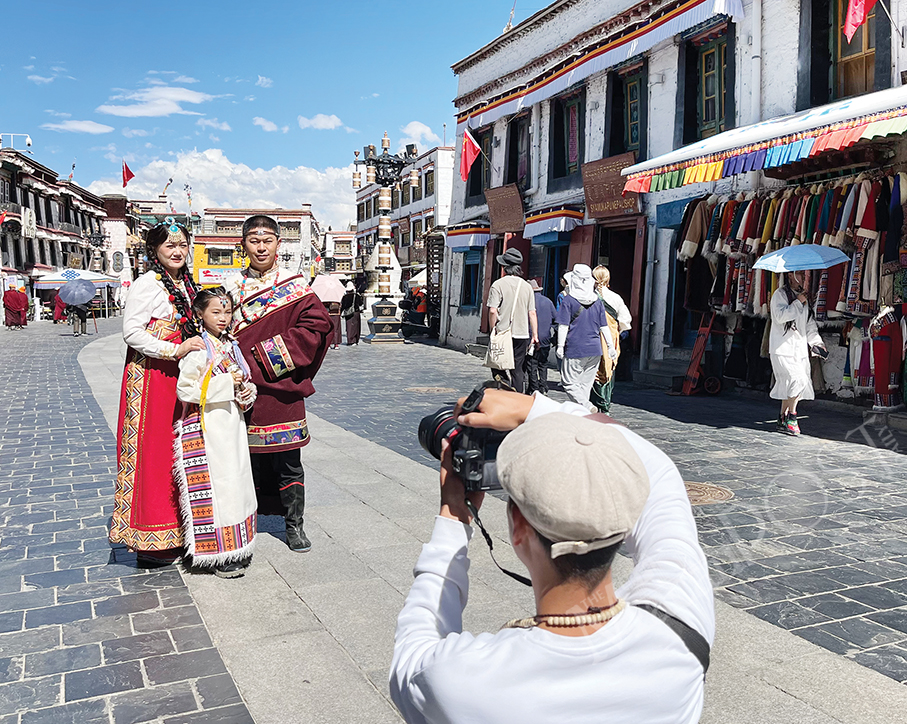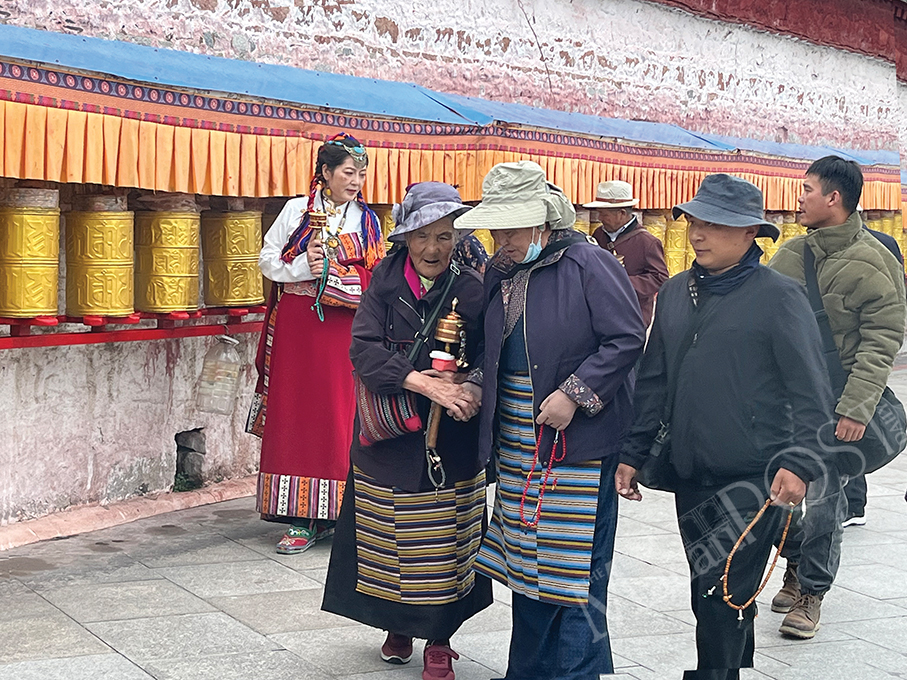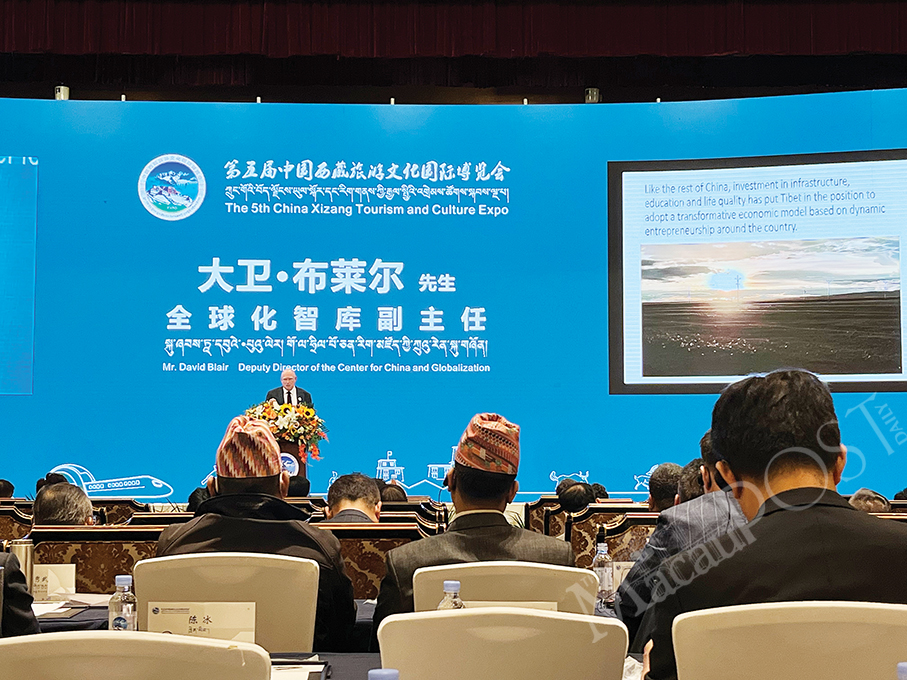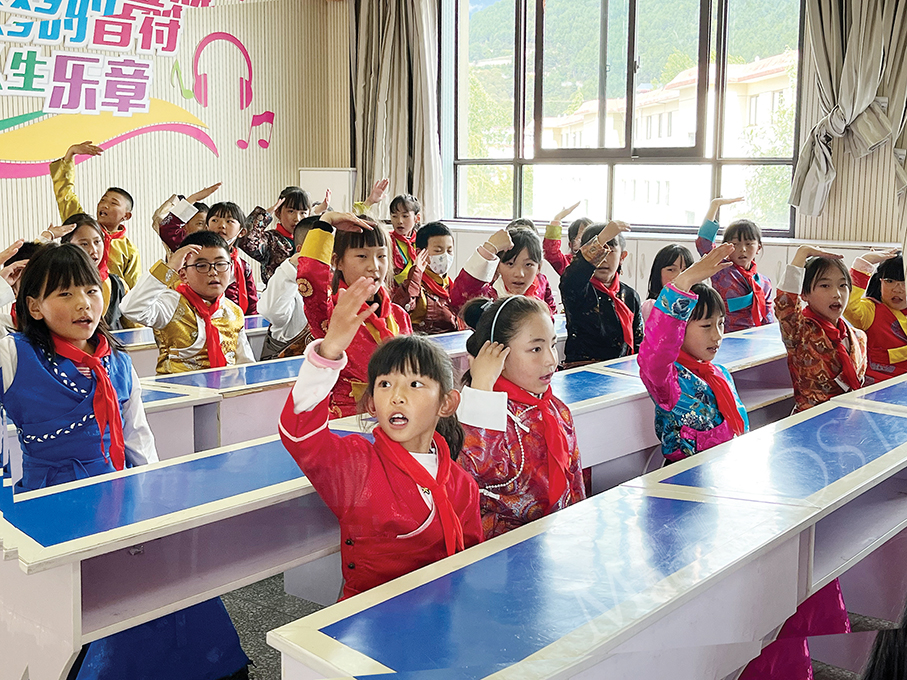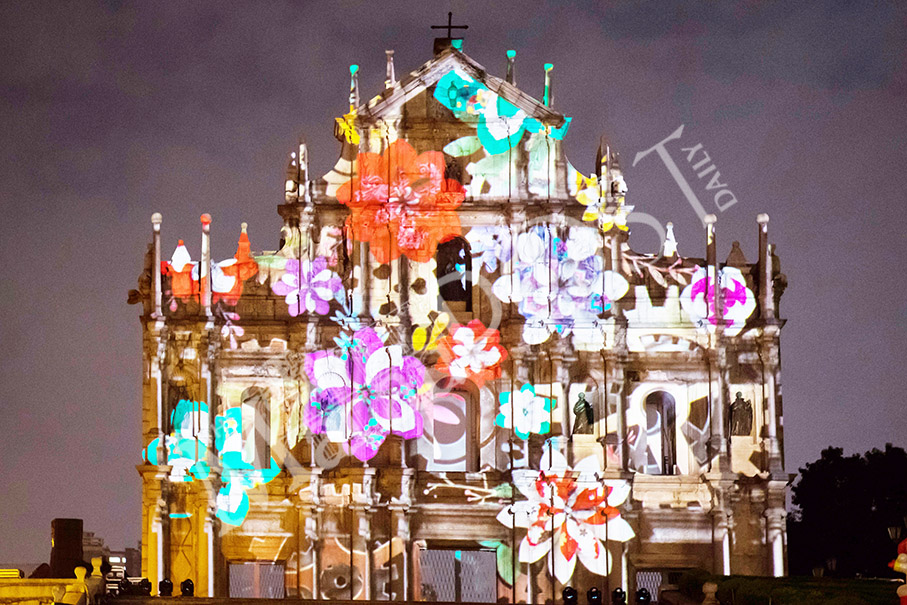Maria Cheang Ut Meng in Tibet
Addressing the 5th China Xizang Tourism and Culture Expo in Lhasa last Saturday, David Blair, vice-president of the Centre for China and Globalisation (CCG), concluded in his speech that “like the rest of China, investment in infrastructure, education and life quality has put Tibet in the position to adopt a transformative economic model based on dynamic entrepreneurship around the country.”
Xizang is Tibet’s Chinese name. Blair is an economist and writer specialising in banking and finance, macro-economics, technological innovation, and healthcare.
A total of 16 journalists from the Portuguese- and English-language media in Macau were invited by the Central People’s Government Liaison Office to visit Lhasa and Nyingchi in the Tibet Autonomous Region for seven days from June 14.
The fact-finding trip enabled the journalists from Macau not only to unravel the mysteries of the old Tibet but also to witness its successful poverty alleviation and modernisation drive that set off in earnest in 1959.
The media delegation, which included The Macau Post Daily, also visited the three-day 5th China Xizang Tourism and Culture Expo in Lhasa, themed “Travelling in a Happy New Tibet and Joining Hands to Create a New Journey”. They also attended the fair’s opening ceremony on Friday, participated in a keynote forum at the InterContinental Lhasa Paradise on Saturday, and visited a raft of exhibition and sales activities to gain a better understanding of Tibet’s ongoing process of development, progress and modernisation.
The expo invited about 1,500 guests, and at the keynote forum experts talked about the current situation and development of Tibet in the fields of environmental protection and tourism, green energy development, investment in the mineral sector, and scientific investigation being undertaken in the Qinghai-Tibet Plateau. Blair was one of the speakers.
Accompanied by He Rui, deputy director of the Publicity Department of the Tibet Autonomous Region, Macau’s media delegation also visited the “mysterious” Potala Palace in Lhasa, the winter palace of the Dalai Lamas from 1649 to 1959, when Tibet was still a feudal theocracy, after which it was converted into a museum.
Lhasa’s Jokhang Temple, a Buddhist training centre, was introduced by a monk who once explained its history and religious role to President Xi Jinping during the latter’s visit. The students do not only study Buddhism but also, among other subjects, astronomy and geography. The temple has become a major tourist attraction.
The delegation also visited the Tibet Traditional Medical College and Tibet University to gain a better understanding of traditional Tibetan medicine that values both humanity and nature. Only when the three major factors of the human body are in harmony can the two flowers of health and longevity be achieved, and then wealth in life, spiritual abundance and attainment of Buddhahood can be achieved as well.
The library of Tibet University has a collection of more than 5,800 letters and nearly 16,000 volumes of ancient books written in the Tibetan language, including four medical classics.
The 4-day stay in Lhasa also included a visit to the exhibition hall of the former site of the Qing Dynasty Government Office, the Serfs’ Emancipation Memorial Hall. Tibet’s liberation from feudal theocracy by the Chinese People’s Liberation (PLA) in 1959 resulted in the emancipation of more than one million serfs.
The delegation then arrived in Nyingchi city, Tibet on Sunday morning. The journalists mainly visited the Southeast Tibetan Cultural Heritage Museum to learn about the city’s history and development, and the Valley of Flowers of Gongbu in Kada village. It is not only an ecological agricultural tourism project featuring plateau flowers and blueberry growing, but also provides jobs for farmers to expand their sources of income.
The day before the delegation returned to Macau on Tuesday, its members enjoyed the scenery of the alpine pastures and forests, and visited a village to learn how its residents increase their income through tourism.
The delegation also visited the No 2 Primary School of Nyingchi. The principal, who is from Guangdong, told the journalists how the school provides education for nearly 2,000 students, including about 1,100 non-Han children who study Chinese, mathematics, Tibetan, English, the legal and political system and other subjects including science.
Yin Rutao, deputy director of the Publicity Department of the Liaison Office of the Central People’s Government in Macau, who accompanied the media for the whole visit, said in his concluding remarks that the delegation media representatives were able to witness the development of the new Tibet and appreciate the exquisite cultural heritage of the old Tibet.
He pointed out that the journalists returned to Macau with the blessings and manifestations of friendship that they had received in Tibet.
The Tibet Autonomous Region was established in 1959 when its modernisation process finally got off the ground after centuries of rule by a feudal theocracy. Tibet has been an inalienable part of China since ancient times. (Photos provided by Maria Cheang Ut Meng)
